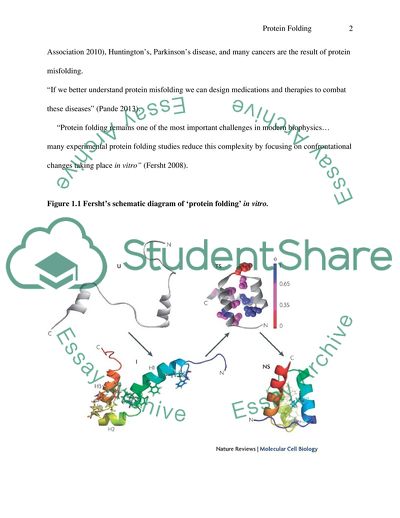Cite this document
(Mechanisms of Protein Folding In Vitro Essay Example | Topics and Well Written Essays - 3000 words, n.d.)
Mechanisms of Protein Folding In Vitro Essay Example | Topics and Well Written Essays - 3000 words. https://studentshare.org/biology/1795771-review-the-mechanisms-of-protein-folding
Mechanisms of Protein Folding In Vitro Essay Example | Topics and Well Written Essays - 3000 words. https://studentshare.org/biology/1795771-review-the-mechanisms-of-protein-folding
(Mechanisms of Protein Folding In Vitro Essay Example | Topics and Well Written Essays - 3000 Words)
Mechanisms of Protein Folding In Vitro Essay Example | Topics and Well Written Essays - 3000 Words. https://studentshare.org/biology/1795771-review-the-mechanisms-of-protein-folding.
Mechanisms of Protein Folding In Vitro Essay Example | Topics and Well Written Essays - 3000 Words. https://studentshare.org/biology/1795771-review-the-mechanisms-of-protein-folding.
“Mechanisms of Protein Folding In Vitro Essay Example | Topics and Well Written Essays - 3000 Words”. https://studentshare.org/biology/1795771-review-the-mechanisms-of-protein-folding.


